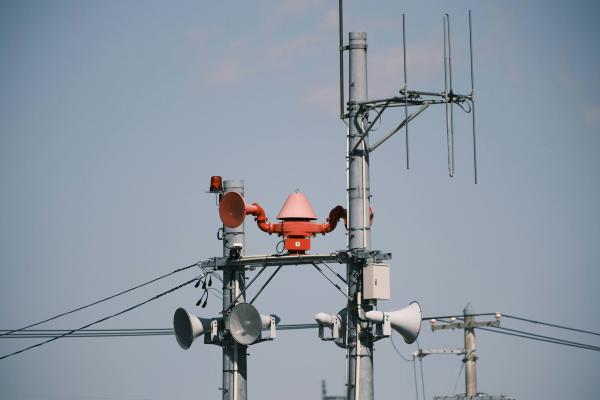An advisory report by the government’s Scientific Advisory Group for Emergencies (SAGE) dated on 2 July (released on 7 August) and titled ‘Public Disorder and Public Health: Contemporary Threats and Risks SPI-B Policing and Security sub-Group’, makes some disturbing reading.
The introductory paragraph of the report reads: ‘In the next few weeks and months the UK will face grave challenges to public order. The situation is volatile and highly complex. Tensions resulting from the pandemic and lockdown have become inextricably bound with structural inequalities and international events. While widespread urban disorder is not inevitable, currently, the situation in the UK is precariously balanced and the smallest error in policing (whether perceived or real, inside or outside the UK) or policy could unleash a dynamic which will make the management of COVID-19 all but impossible. Put simply, a serious deterioration of public order could overwhelm all attempts to control contagion, overwhelm hospitals, the criminal justice system and hinder revival of the economy.’
The authors draw attention to the fact that ‘the UK has [already] experienced a series of protests framed by political issues relating to ethnic inequality and national identity'. The Black Lives Matter movement has witnessed counter-protests by the extreme right-wing. To this can be added expected protests against the likes of HS2 expansion, the climate emergency, as well as illegal raves and increases in inequality and homelessness (from evictions) on top of heightened unemployment following the pandemic. These issues may potentially combine to raise the risk of disorder for which the police could be ill equipped to cope and military assistance may be needed. The SAGE report goes on to examine policing operational challenges and mitigation measures in the current situation.
A survey by a Master’s student at University College London, Julia Lobnig, has revealed some interesting responses from a small (40) but representative sample of respondents on the prospect of social unrest. Initial findings indicate:
- Around two-thirds of respondents expected civil disorder, with around half expecting rioting. About half also expected peaceful methods to be used such as media campaigns and non-violent resistance.
- Approximately 60% of respondents expected personal safety issues, with around half predicting an inability to travel and loss of access to a site. Just under a half expected a climate of fear when going out and a fifth expected looting or theft at sites.
- In terms of the preparedness, the average level of preparedness was estimated as 70%. However, only around a half had implemented an assessment of the risks, meaning that the other half had either not assessed it at all or only at a basic level.
As to when unrest may occur, a third of respondents expected it during lockdown but 18% expected it some 6-9 months later. However, the longer-term implications of unemployment, particularly from the younger generation, may lead to a greater degree of societal disconnection and a lack of commitment to collective social values. This sentiment could be expressed through increasing levels of street crime and anti-social behaviour.
These issues could become major challenges on top of the pandemic. They will require careful management and a strong element of resilience.
A Historical Perspective
The UK has experienced many periods of social unrest in its history. This article by Dr Chris Needham-Bennett, Managing Director of Needhams 1834, provides an interesting historical perspective.
For further reading, please visit our Knowledge Hub.



